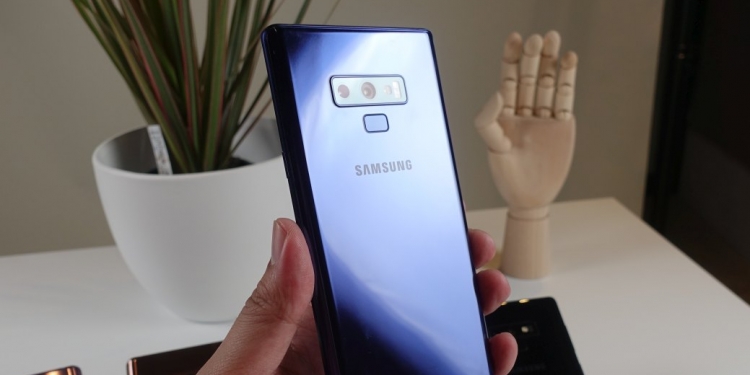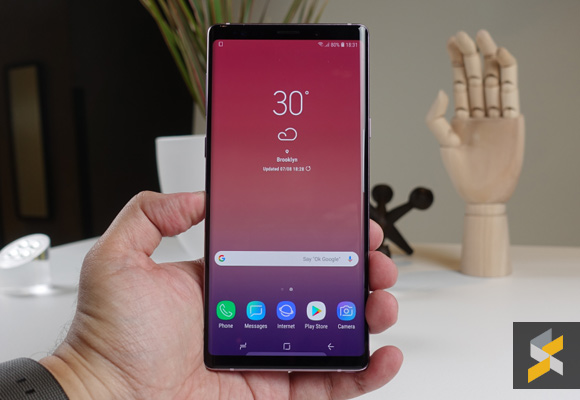The Samsung Galaxy Note series is the go-to device if you’re looking for a big screen experience with a productivity-focused stylus. Now we have the Galaxy Note9 and it’s more than just a minor upgrade from the Galaxy Note8. We managed to get a brief hands-on with the device and here’s our first impressions.
When you pick up the Galaxy Note9, it feels familiar and that’s not necessarily a bad thing. It has the right amount of heft and the display is still the one of the best you can get on a smartphone. The dual-curved display is slightly bigger now at 6.4” and it still pushes the same Quad HD+ resolution of 2960×1440 pixels without having a notch at the top. This is the best looking display you can get on a smartphone.
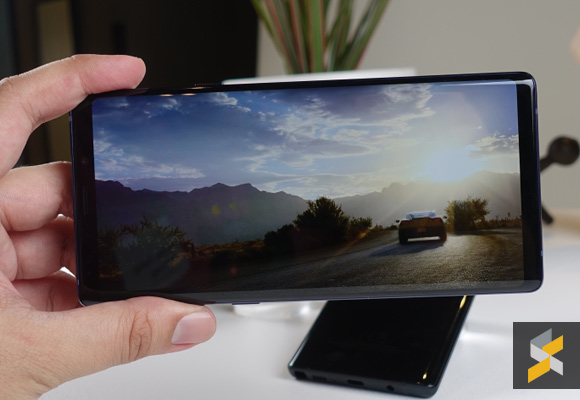
In terms of build, it is still a typical Samsung flagship which means it uses glass for both front and back. And yes, it’s still a nasty fingerprint magnet.
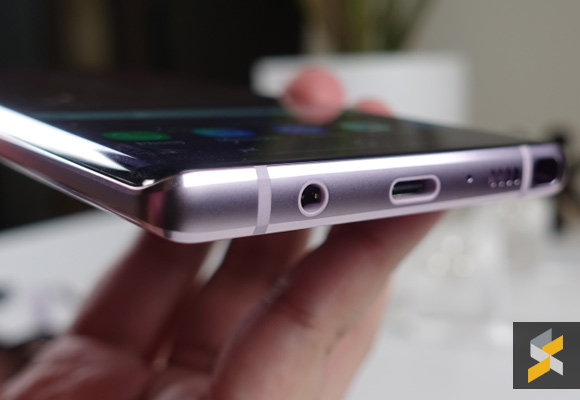
The mostly matte metal frame also gets a diamond cut treatment, so you’ll see a shiny metal finish at the surrounding area where the metal meets the glass.
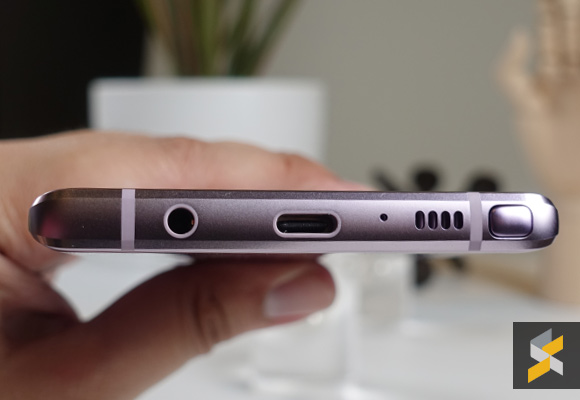
The only way to tell that it’s a Galaxy Note9 is by looking at the rear camera module. The dual-camera setup is still placed horizontally and it comes with a fingerprint sensor mounted right below it. We don’t like the way it looks and we would prefer the vertical dual-camera layout on the current Galaxy S9+.
Unlike the Note8 where the camera module is black for all colours, the Note9’s dual-camera module now comes in body-matching colours.
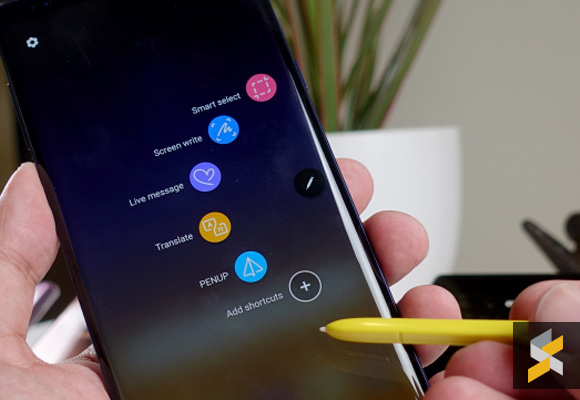
The bundled S Pen looks and feels the same as the one you get on the Galaxy Note8. It has your usual screen off memo, smart select and live message but they have added something extra on the inside. The new S Pen has a low power Bluetooth module which charges instantly each time you stow it into the phone.
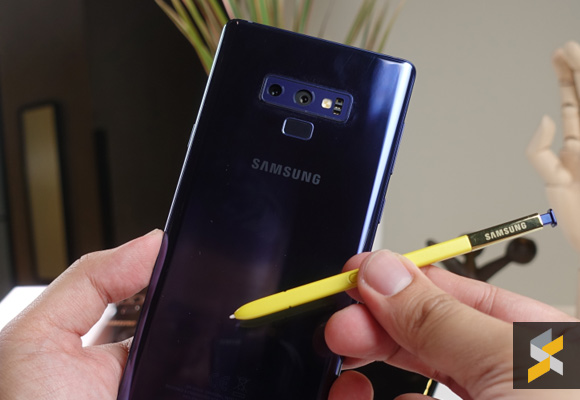
With this new Bluetooth connectivity, the S Pen also acts as a remote control where you can use it to control your presentation slides, gallery and YouTube playback without having to touch the phone. Samsung is also making this “remote control” feature available for third-party developers via an Open SDK. This is particularly useful if you hook up the Galaxy Note9 to a bigger screen using its new Samsung DeX feature.
To refresh your memory, Samsung DeX was initially introduced as an optional accessory where you can get a desktop-like PC experience when you dock your phone. While this is great for hot desking situations, it isn’t as flexible for moments where you just need to project something for a meeting. With the Galaxy Note9, all you’ll need is a compatible USB-C to HDMI adapter and you can continue to use your phone while you’re presenting a video or PowerPoint slide on the big screen.
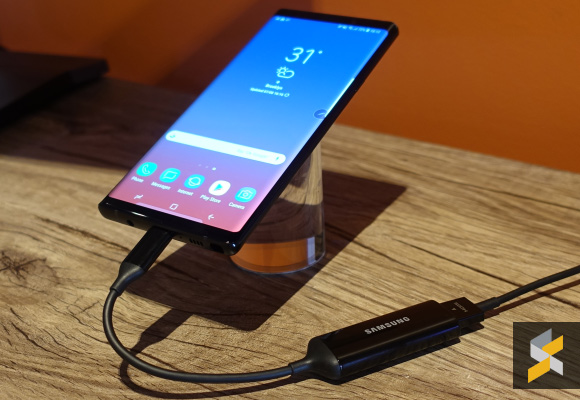
Samsung has released its own USB-C accessories for this purpose, and DeX will also work with compatible third-party dongles. If you need to plug in your physical keyboard or a thumb drive, you can get their multi-port dongle that has additional LAN and USB ports. We are told that it’s still better to use the DeX dock as it has built-in cooling fan, supports up to 2K resolution and it can run more apps simultaneously than using the dongle.
When it comes to performance, Samsung is really throwing everything they have on the Galaxy Note9. It still runs on the latest flagship processors as the Galaxy S9 series and the Galaxy Note9 now comes with a minimum of 128GB of storage and it has 6GB of RAM. If that’s not enough, there’s a 8GB RAM + 512GB storage version and you can load it up to 1TB of storage by inserting a 512GB microSD card.
If you need a smartphone that can last your entire busy schedule, Samsung now claims all-day performance with its larger 4,000mAh battery. This is the largest yet on a Samsung flagship and it’s 700mAh more than the Galaxy Note8 and 500mAh more than the Galaxy S9+.
Despite being a productivity-focused smartphone, Samsung appears to be gearing the Note9 as an ultimate gaming device. Its liquid cooling system has been upgraded with 3x larger thermal spreader which allows faster dissipation of heat. We didn’t have much time to really test out the Note9’s performance so do stay tuned for our full review.
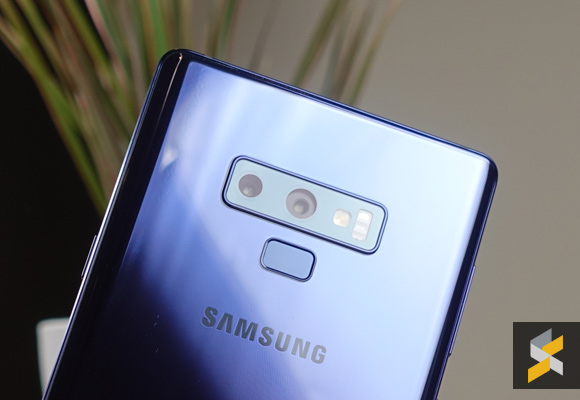
In the camera department, it’s basically the same as the Galaxy S9+ which offers great low light performance with its variable aperture 12MP main camera. This allows you to switch between f/2.4 for outdoor environments to a faster f/1.5 in low light scenes. There’s also a secondary 12MP camera that offers 2X optical zoom and it also offers depth of field effects with Live Focus. Although the S9+ isn’t a top scorer on DxOMark Mobile, it is still one of the best cameras you’ll find on a smartphone.
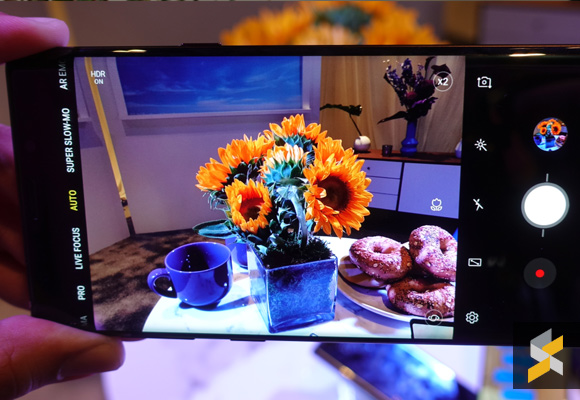
What’s new is its AI Scene Optimiser which works like Huawei’s Master AI feature on the Mate 10 and P20 series. The Galaxy Note9 can recognise up to 20 scenes and it uses AI to improve your photos in real time. In our short usage, the “scene” icon is barely noticeable, and the recognition doesn’t feel as quick as Huawei’s P20. We’ll save our verdict until we get a long-term unit.
Samsung has also carried over the latest features from the S9+ to the Galaxy Note9. This is the first Galaxy Note to come with stereo speakers that are tuned by AKG. There’s also Dolby Atmos for a virtual 3D environment sound. Thankfully, Samsung hasn’t killed the headphone jack so you can still plug in your favourite headphones.
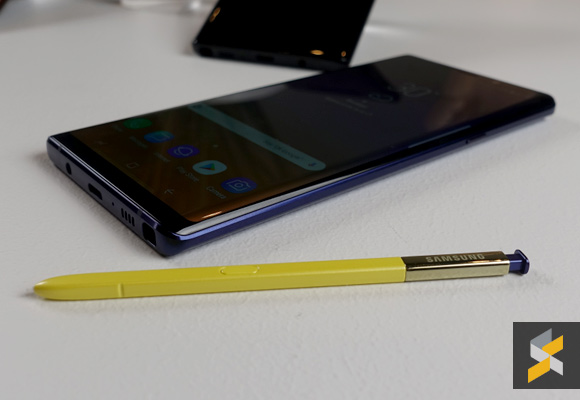
The Note9 is quite a significant upgrade from the Note8 compared to the jump between the Galaxy S8 and S9 series.
Power users will appreciate the bigger battery and larger storage options which isn’t available previously in Malaysia. The fundamental features of the S Pen remain the same and from what we see, the new Bluetooth features are only useful if you’re planning to use Samsung DeX which is now made more flexible than ever.
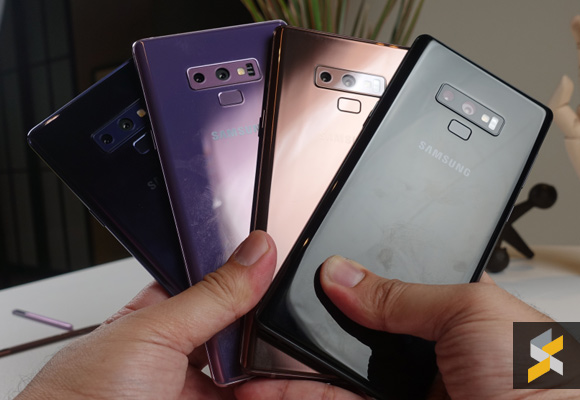
The Galaxy Note9 is designed with the Note loyalist in mind. These are existing Galaxy Note users who are totally hooked to the S Pen.
If you don’t need an S Pen, you could consider the Galaxy S9+ which is now more affordable through various online offers. However, if battery life and more storage are more important to you, the Galaxy Note9 with 128GB storage at RM3,699 is still worth the extra topup. If that’s not enough, the 512GB storage version priced at RM4,599 is still quite competitive when compared to the iPhone X which maxes out at 256GB.
For more details on the pricing, colours and availability, click here.

